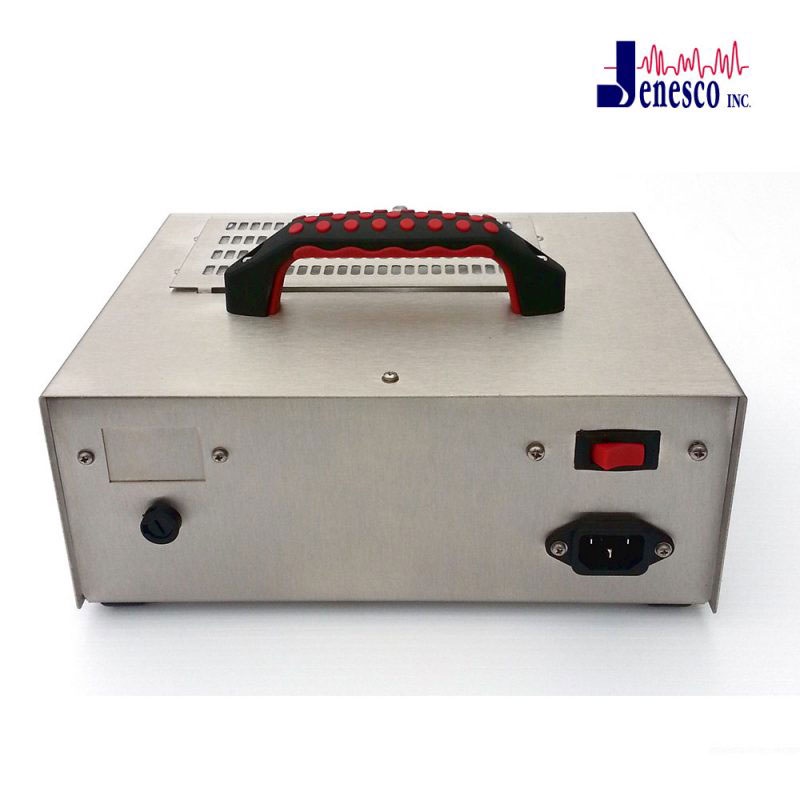Ozone generators have become an integral tool in various industries, from water treatment to air purification. These devices harness the power of ozone (O3), a molecule composed of three oxygen atoms, to break down pollutants and disinfect environments. This article delves into the principles behind ozone generators and explores their diverse applications, highlighting their significance in today's world.
Principles of Ozone Generation
The core principle behind ozone generation lies in the reconfiguration of oxygen molecules (O2) into ozone (O3). This transformation occurs through the application of energy, which can be delivered in several forms, including ultraviolet (UV) light, corona discharge, and cold plasma methods. Each method has its unique mechanism and preferred applications, but they all share the same goal: to produce ozone efficiently and effectively.
Ultraviolet Light Method
The UV light method mimics the natural formation of ozone in the Earth's stratosphere. When UV light strikes an oxygen molecule, it can split the molecule into two separate oxygen atoms. These free atoms can then attach to unbroken O2 molecules, forming ozone. This method is particularly useful for small-scale applications, such as in home air purifiers, due to its simplicity and safety.
Corona Discharge Method
The corona discharge method is the most widely used technique for generating ozone. It involves passing a high voltage electrical discharge through an oxygen-containing gas, which splits oxygen molecules into individual atoms. These atoms can then recombine with O2 molecules to form ozone. This method is favored for industrial applications because of its efficiency in producing large quantities of ozone.
Cold Plasma Method
In the cold plasma method, oxygen gas is exposed to a plasma field created by an electrical discharge. This field contains a mix of electrons, ions, and free radicals, which facilitate the formation of ozone by breaking down oxygen molecules and enabling their recombination into O3. The cold plasma method is appreciated for its ability to operate at lower temperatures, making it suitable for sensitive applications.
Applications of Ozone Generators
Ozone generators find applications in numerous fields, benefiting from ozone's powerful oxidizing properties. Below are some of the key areas where ozone generators are making a significant impact.
Water Treatment
One of the most critical applications of ozone generators is in water treatment. Ozone effectively eliminates bacteria, viruses, and other pathogens without leaving harmful residues, making it an environmentally friendly alternative to chemical disinfectants. Additionally, ozone can break down pollutants like pharmaceuticals and pesticides in water, enhancing the quality of drinking water and wastewater.
Air Purification
Ozone generators are also used for air purification in residential, commercial, and industrial settings. They can neutralize odors, destroy airborne microbes, and oxidize volatile organic compounds (VOCs), significantly improving indoor air quality. However, it's important to use ozone generators carefully in occupied spaces, as high concentrations of ozone can be harmful to health.
Food Preservation
In the food industry, ozone generators are employed to extend the shelf life of fresh produce and other food items. Ozone's antimicrobial properties can slow down the growth of mold, yeast, and bacteria on food surfaces, reducing spoilage and waste. This application is especially beneficial in storage and transportation processes, where maintaining food quality is paramount.
Conclusion
Ozone generators play a pivotal role in modern environmental management and public health. By harnessing the power of ozone, these devices offer a versatile solution to pollution, contamination, and spoilage challenges across various sectors. As technology advances, the efficiency and applications of ozone generators are expected to expand further, solidifying their position as a key tool in sustainable practices and industries.


No comments yet